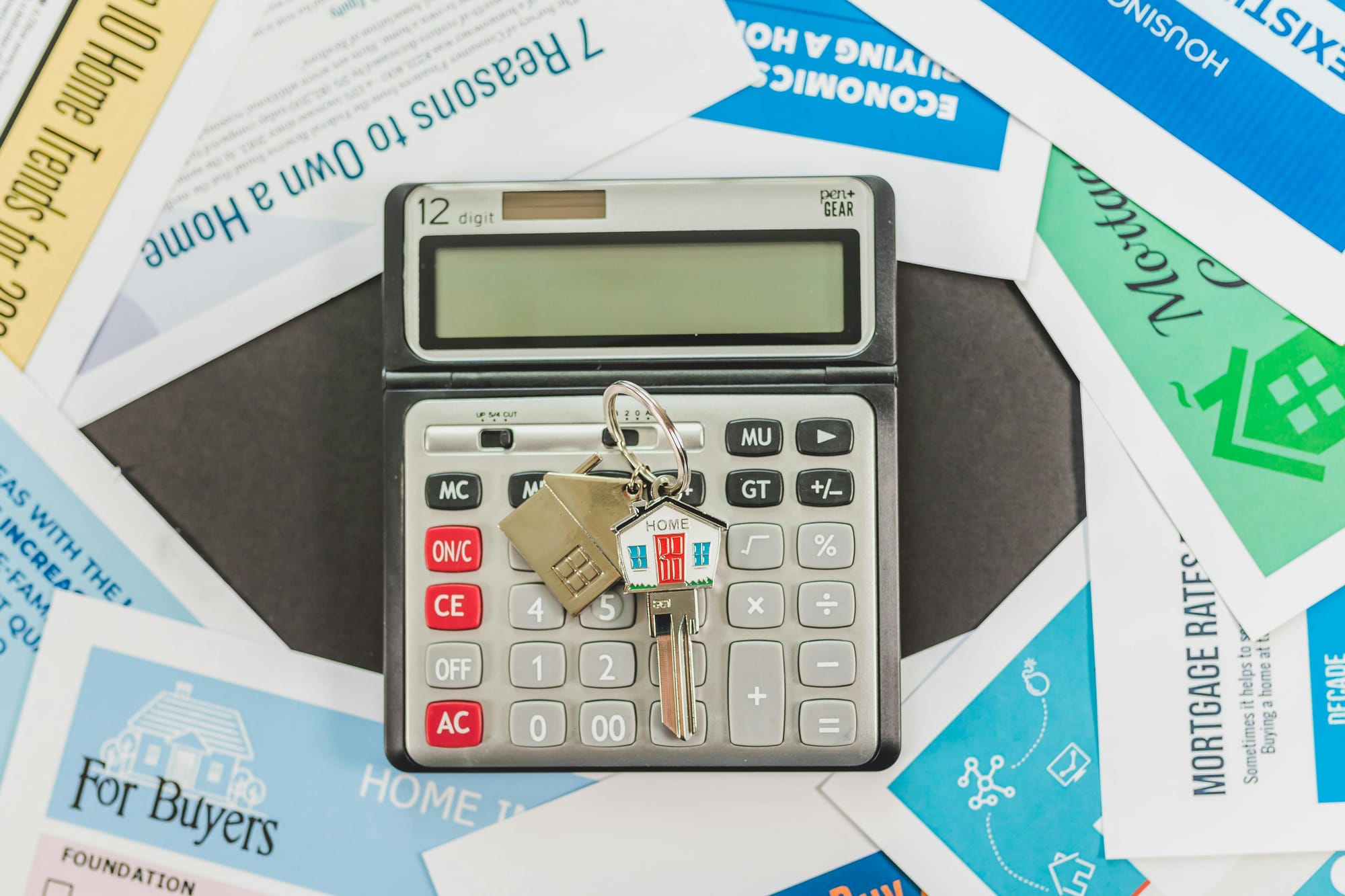HELOC vs. Personal Loan — Which is Better for Debt Consolidation?

Why Compare HELOCs and Personal Loans?
If you’re managing multiple debts—credit cards, auto loans, or student loans—it can feel like you’re constantly playing catch-up. Consolidating those balances into one loan can make life much easier. Not only does it simplify your finances, but it can also reduce your interest costs and help you pay off debt faster.
Two of the most common tools for consolidation are home equity lines of credit (HELOCs) and personal loans. Both can help, but which one actually makes sense for you?
Understanding Personal Loans
A personal loan is straightforward: you borrow a set amount of money and repay it in fixed monthly installments over a few years. Because it’s unsecured, you don’t need to put up your home or any other collateral.
The simplicity is appealing—one predictable monthly payment, and you know exactly when the loan will be paid off. But there’s a trade-off. Interest rates on personal loans are usually higher, especially if your credit score isn’t strong. That means you might end up spending more in interest over the life of the loan.
How a HELOC Works for Debt Consolidation
A HELOC loan for debt consolidation works differently. Instead of one lump sum, a HELOC is a revolving line of credit secured by your home. Lenders typically let you borrow against the equity you’ve built, which often translates into much lower interest rates compared to personal loans.
This lower cost of borrowing can be a game-changer. With a HELOC, you can pay off high-interest credit cards or personal debts and replace them with one manageable monthly payment. Plus, the flexibility of a HELOC means you can borrow only what you need and even pay extra toward the balance when you have the funds.
Of course, there are risks. Because your home is used as collateral, missed payments could put your property at risk. Some HELOCs also come with variable rates that may rise over time.
Which Option is Better?
If you don’t own a home or want a simple, fixed-payment plan, a personal loan could be the better fit. But for many homeowners, the advantages of a HELOC are hard to ignore. Lower interest rates, flexible repayment options, and the ability to combine multiple debts into one monthly bill often make a HELOC the more cost-effective choice.
How Rate Simple Helps
Choosing between a HELOC and a personal loan is only the first step. The real challenge is finding the right lender with the right terms. That’s where Rate Simple comes in. Instead of calling multiple lenders or filling out endless applications, you can see competitive offers in one place. Rate Simple makes it easy to compare, choose, and move forward with confidence.
So, What is Better?
Debt consolidation can open the door to a more manageable financial future. A personal loan may be simple, but if you’re a homeowner, a HELOC to consolidate debt often delivers greater savings and flexibility. The key is to understand your options—and to work with the right lender.
With Rate Simple, you don’t have to figure it all out alone. Start comparing offers today and take the first step toward a clear, stress-free path to financial freedom.


